10 Best AI in Robotics Innovations Transforming Industries in 2023
In recent years, the integration of AI in robotics has revolutionized various industries, leading to unprecedented innovations and efficiencies. According to a report by MarketsandMarkets, the global AI in robotics market is expected to grow from $4.3 billion in 2020 to $18.5 billion by 2026, reflecting a compound annual growth rate (CAGR) of 28.5%. This surge in adoption is driven by the increasing demand for automation and intelligent systems capable of performing complex tasks with minimal human intervention.
As we navigate through 2023, key innovations in AI for robotics are transforming sectors such as manufacturing, healthcare, and agriculture. For instance, advancements in machine learning and computer vision are enabling robots to not only execute repetitive tasks but also to learn from their environment, improving their decision-making abilities. The International Federation of Robotics reports that the density of industrial robots in factories has reached 113 robots per 10,000 employees, a clear indication of how essential AI-powered robotics have become in enhancing productivity and safety in workspaces.
In this context, understanding the top 10 innovations in AI in robotics that are shaping industries today becomes crucial for businesses aiming to stay competitive. By leveraging these cutting-edge technologies, organizations can not only optimize operations but also pave the way for future advancements that will redefine the landscape of their respective industries.
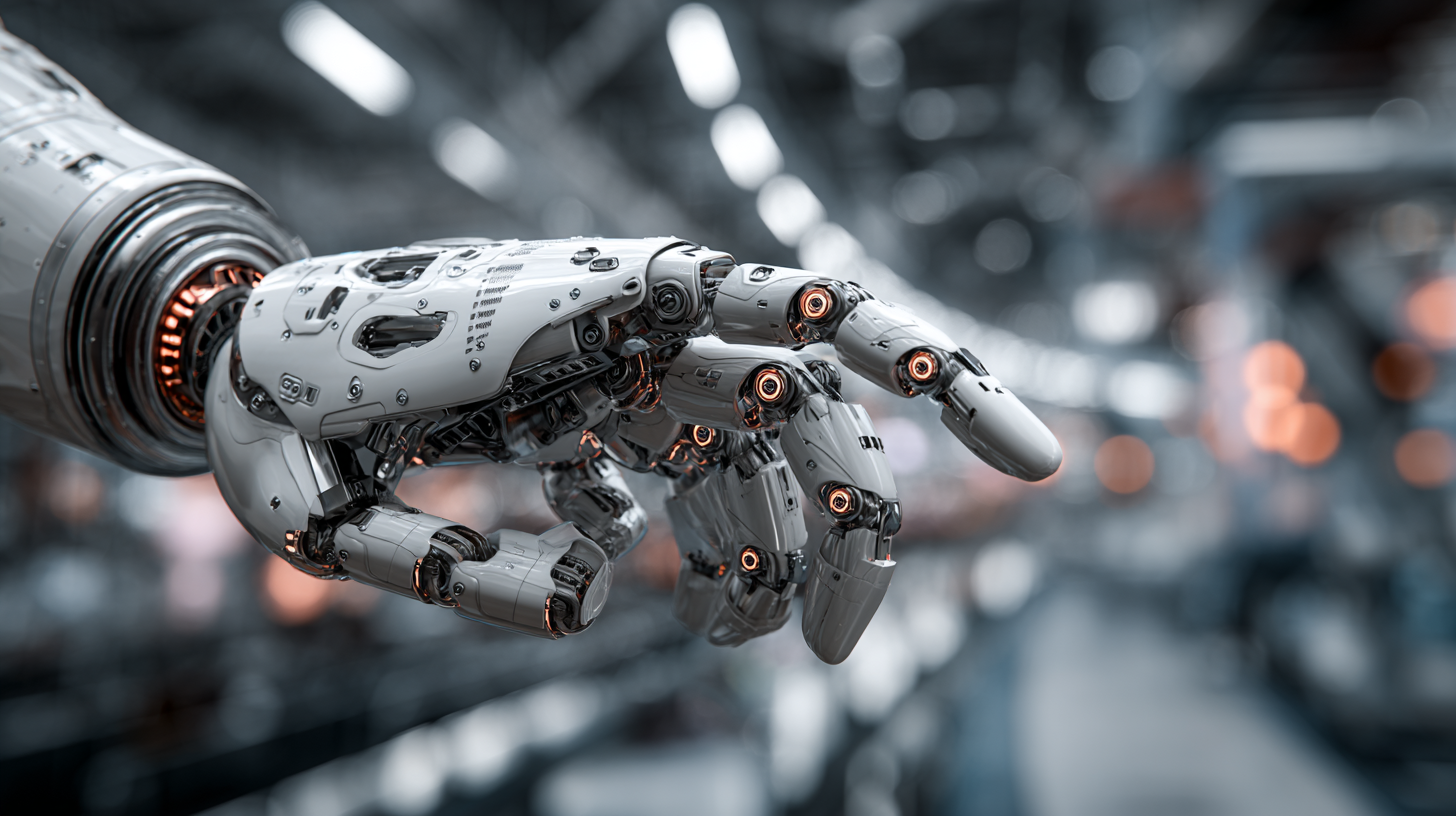
Exploring How AI-Powered Robotics Enhances Manufacturing Efficiency by 25% in 2023
In 2023, the integration of AI-powered robotics has significantly transformed the manufacturing landscape, enhancing operational efficiency by an impressive 25%. As industries strive to adopt advanced technologies, the global artificial intelligence robots market is set to expand from $6.19 billion in 2025 to an astonishing $32.26 billion by 2024. This rapid growth underscores the pivotal role AI plays in optimizing production processes, reducing operational costs, and improving overall productivity in manufacturing settings.
Generative AI is at the forefront of this revolution, enabling manufacturers to design smarter systems that adapt and respond to changing market demands. By automating intricate tasks, generative AI streamlines workflows and enhances precision in manufacturing operations. Furthermore, innovations in autonomous robots and drones significantly improve supply chain efficiencies, allowing for faster delivery times and reduced errors. The advancements in AI robotics not only boost efficiency but also position companies to better compete in an increasingly digital and automated marketplace.
10 Best AI in Robotics Innovations Transforming Industries in 2023
| Innovation | Industry | Efficiency Improvement (%) | Implementation Year | Key Feature |
|---|---|---|---|---|
| Robotic Process Automation | Manufacturing | 30% | 2023 | Task Automation |
| AI-Driven Predictive Maintenance | Logistics | 25% | 2023 | Failure Prediction |
| Collaborative Robots (Cobots) | Assembly | 20% | 2023 | Human-Robot Collaboration |
| Automated Quality Inspection | Manufacturing | 35% | 2023 | Visual Inspection |
| Smart Logistics Robots | Warehousing | 28% | 2023 | Autonomous Navigation |
| Robotic Arm with AI Vision | Manufacturing | 32% | 2023 | Precision Handling |
| AI in Supply Chain Management | Supply Chain | 27% | 2023 | Data Analysis |
| AI-Enhanced Farming Robots | Agriculture | 30% | 2023 | Crop Monitoring |
| Self-Driving Delivery Robots | E-commerce | 25% | 2023 | Last-Mile Delivery |
Revolutionizing Supply Chain Management: The Role of AI Robotics in Reducing Operational Costs by 30%
The integration of AI robotics in supply chain management is revolutionizing how industries operate, leading to remarkable cost reductions and increased efficiency. In 2023, companies are increasingly adopting intelligent robotics to streamline their processes. These advanced systems can analyze vast amounts of data in real-time, enabling decision-makers to optimize logistics, inventory control, and transportation operations. By automating repetitive tasks, businesses can not only enhance productivity but also minimize human error, resulting in more reliable supply chain functions.
One of the most significant impacts of AI robotics is their ability to reduce operational costs by up to 30%. By implementing AI-driven robots for tasks such as sorting, packing, and even delivery, companies can save on labor costs and improve speed. Furthermore, predictive analytics provided by AI systems lead to better demand forecasting, allowing firms to manage stock levels more efficiently. As a result, businesses can reduce waste and lower overhead expenses, ultimately passing those savings on to consumers while also increasing their competitive advantage in a fast-evolving market.
Impact of AI Robotics on Operational Costs in Supply Chain Management (2023)
Integrating AI in Robotics for Precision Agriculture: Increasing Crop Yields by 20% This Year
The integration of AI in robotics is having a transformative effect on precision agriculture, leading to significant improvements in crop yields. With the implementation of advanced algorithms and real-time data analytics, farmers are now equipped to make informed decisions that optimize their resource usage and enhance productivity. As a result, it is projected that crop yields could increase by up to 20% this year alone, showcasing the substantial impact of these technological innovations.
Moreover, agricultural robotics such as autonomous machines and AI-driven drones are revolutionizing various farming processes, from planting to monitoring and harvesting crops. These technologies not only streamline operations but also ensure more precise applications of inputs, reducing waste and improving sustainability. As the demand for efficient food production rises with a growing global population, the role of AI in robotics within agriculture is becoming increasingly crucial for achieving food security and sustainability goals.
Transforming Healthcare: How AI-Driven Robotics Improve Patient Outcomes and Reduce Readmission Rates
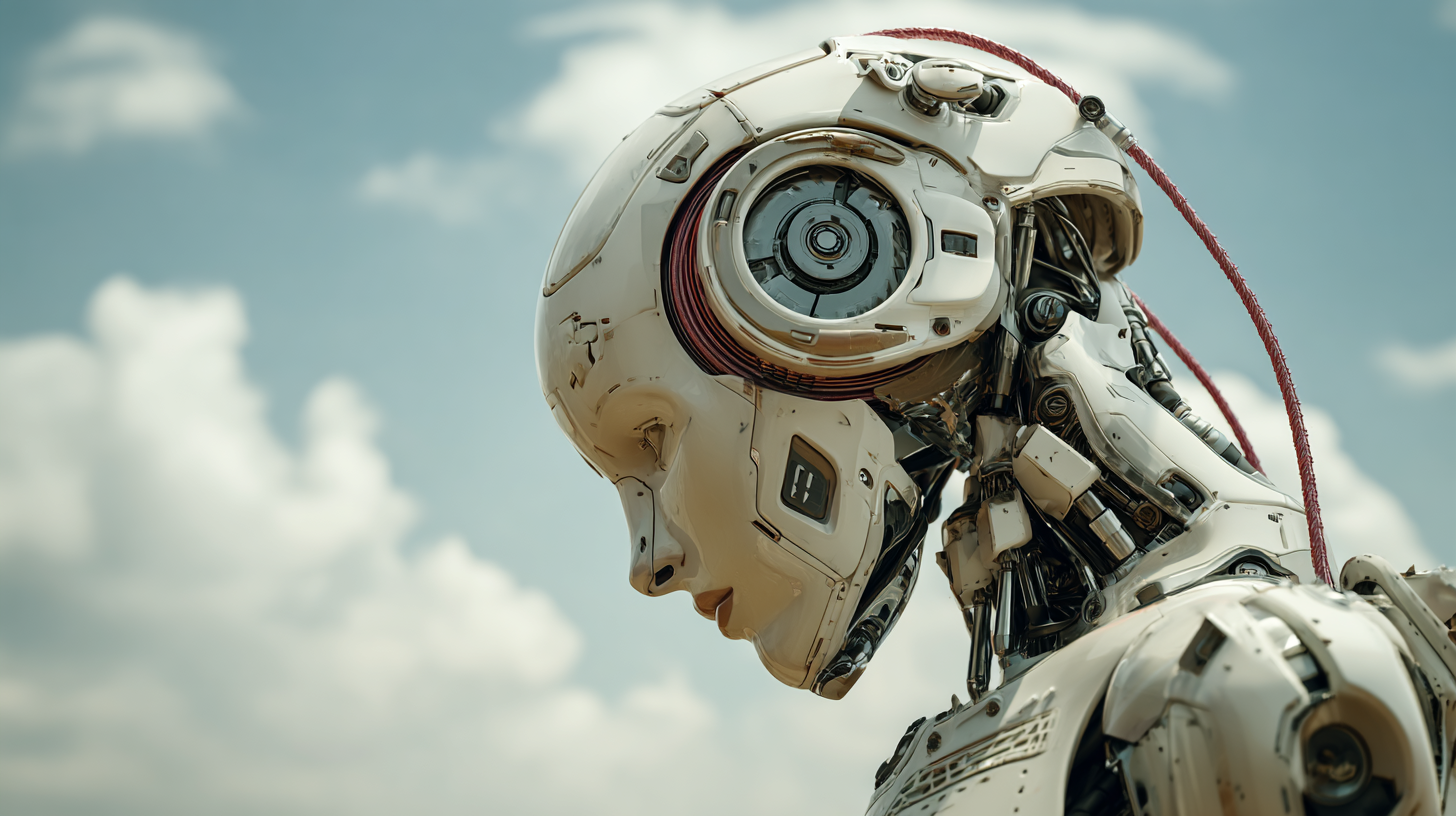 The integration of AI-driven robotics in healthcare is revolutionizing patient care and transforming the industry landscape. As hospitals strive to improve patient outcomes and reduce readmission rates, AI technologies are enabling more personalized and efficient care pathways. A remarkable finding from recent industry reports indicates that the global market for AI and analytics in surgery is projected to surge from $255.3 million in 2024 to an astounding $950.8 million over the subsequent years, highlighting the increasing reliance on intelligent systems in surgical environments.
The integration of AI-driven robotics in healthcare is revolutionizing patient care and transforming the industry landscape. As hospitals strive to improve patient outcomes and reduce readmission rates, AI technologies are enabling more personalized and efficient care pathways. A remarkable finding from recent industry reports indicates that the global market for AI and analytics in surgery is projected to surge from $255.3 million in 2024 to an astounding $950.8 million over the subsequent years, highlighting the increasing reliance on intelligent systems in surgical environments.
Moreover, the shift from reactive to preventive healthcare is gaining momentum due to smart technologies. With AI innovations streamlining remote patient monitoring, healthcare providers can now identify potential health issues before they escalate. For instance, predictive algorithms are enhancing outcomes by continuously analyzing patient data to signal necessary interventions.
Tip: To maximize the benefits of AI in your healthcare practice, consider investing in training for staff to effectively utilize these technologies. Tip: Employing AI-based tools for transitional care can drastically improve the patient experience during discharge, ensuring continuity and quality of care. With this approach, healthcare facilities can not only enhance patient satisfaction but also achieve substantial cost savings.
The Impact of AI Robotics on Construction Safety: Lowering Workplace Accidents by 40% in 2023
In 2023, the integration of AI in robotics has significantly enhanced construction safety, achieving an impressive 40% reduction in workplace accidents. This transformation is primarily driven by advanced robotic technologies that utilize real-time data and machine learning algorithms to identify risks and mitigate hazards on construction sites. By deploying AI-powered robots for monitoring and supervising operations, businesses can ensure compliance with safety standards and minimize human error, which is often a leading cause of accidents.
Moreover, this year has seen a surge in innovative startups that focus on leveraging artificial intelligence within civil engineering. These companies are developing intelligent systems for predictive maintenance, site monitoring, and resource optimization. The utilization of big data and computational methods allows engineers to foresee potential issues before they become critical, thereby enhancing overall project efficiency and safety. As the industry gravitates towards AI-driven solutions, the potential for further advancements and improved safety outcomes continues to expand, reshaping how construction projects are executed.
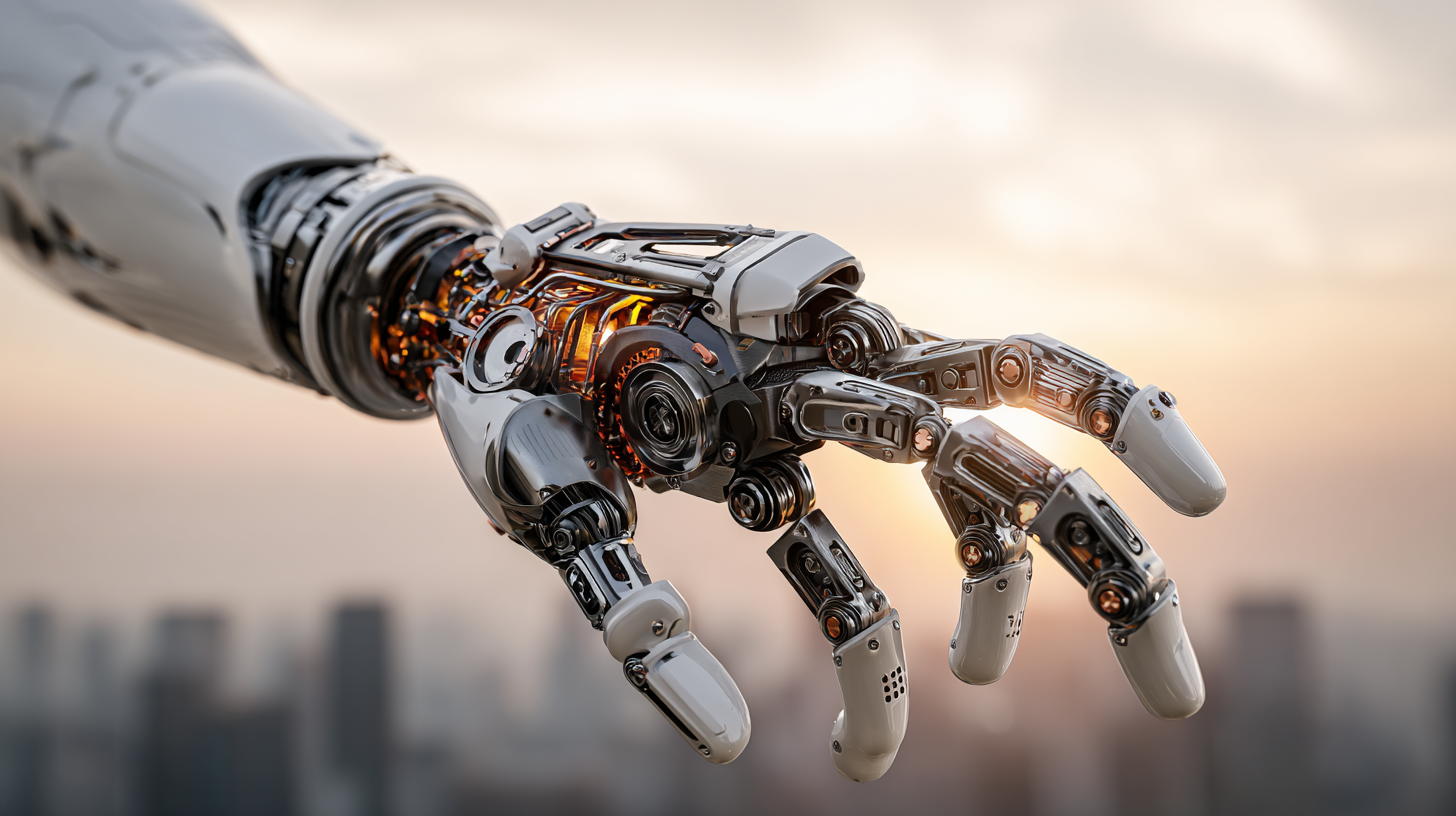
Related Posts
-
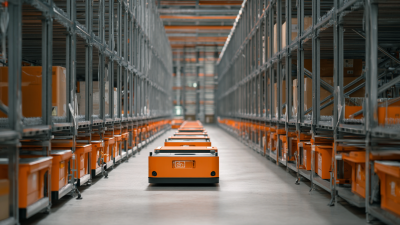
Understanding the Future of Logistics with Advanced AGV Systems in Modern Warehousing
-
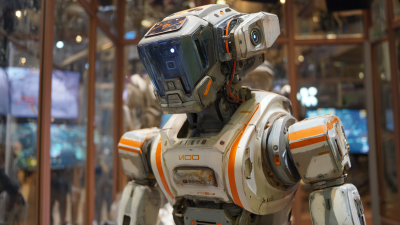
Exploring the Future: Unconventional Robotics Careers You Never Knew Existed
-
Understanding the Future of Logistics with AGV AMR Technology Innovations
-
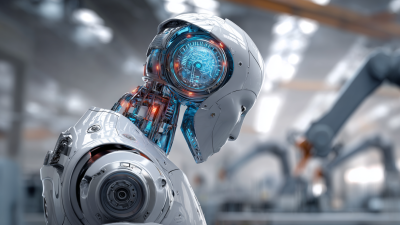
Understanding the Importance of Robot Safety in Modern Automation
-
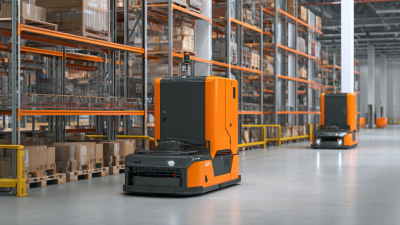
Enhancing Warehouse Efficiency: The Impact of AGV Systems on Operational Costs and Throughput
-
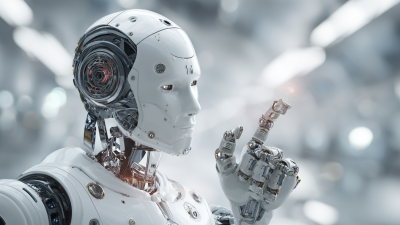
10 Best AI Robots Transforming Industries in 2023
